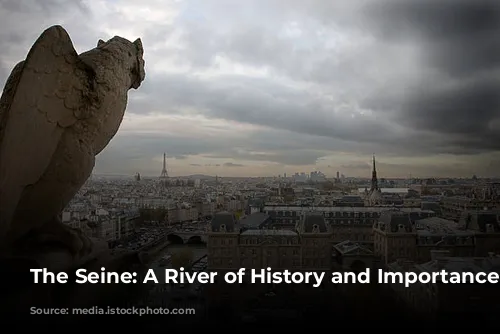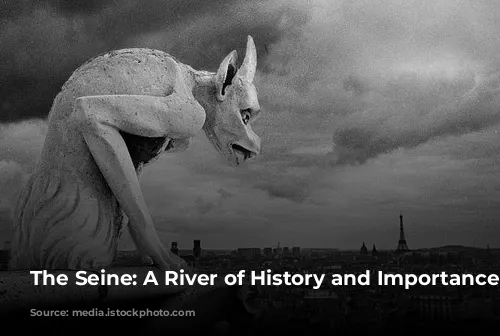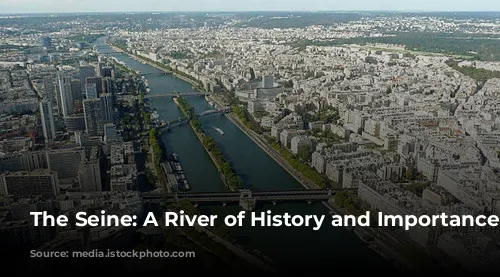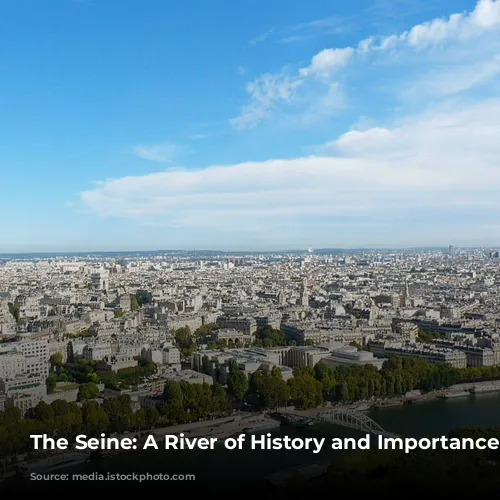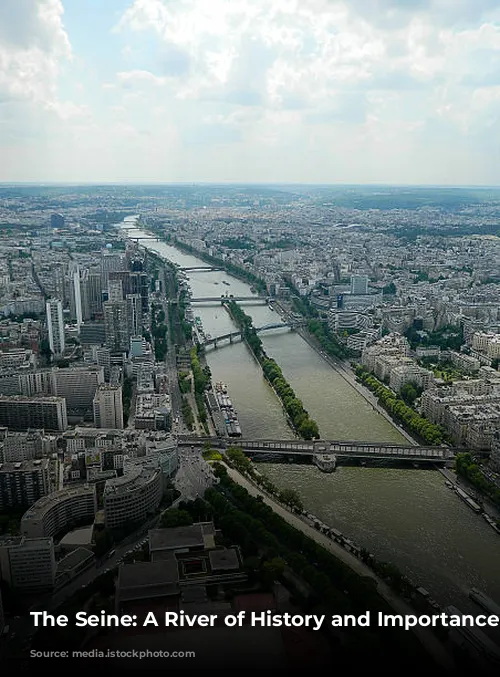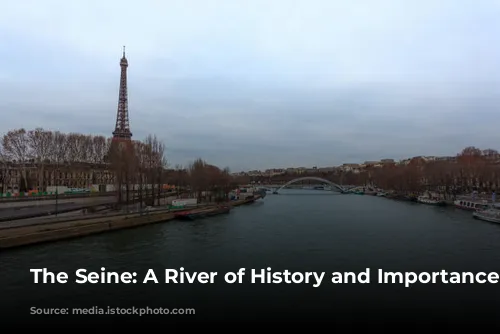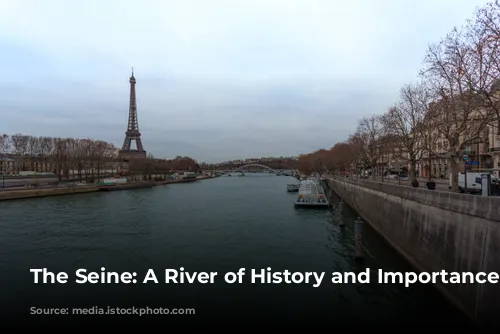The Seine River, a majestic waterway flowing through the heart of France, is a sight to behold. It’s the second-longest river in the country, after the Loire, and it weaves its way through Paris, the City of Lights, before finally meeting the English Channel at Le Havre. It’s not just a beautiful river; it’s a vital artery that carries a rich tapestry of history and commerce.
The Seine, with its tributaries, forms a network of waterways that stretches across 30,400 square miles of France. It’s a lifeline for the country, connecting major cities and serving as a crucial transport route for goods and people. Imagine the countless journeys that have been made on this river, from the merchants of old to modern-day travelers.
The Seine has been a witness to the rise and fall of empires, and its banks have echoed with the footsteps of kings and revolutionaries. It’s a river deeply entwined with French history and culture, and its significance has been deeply rooted in the fabric of the nation.
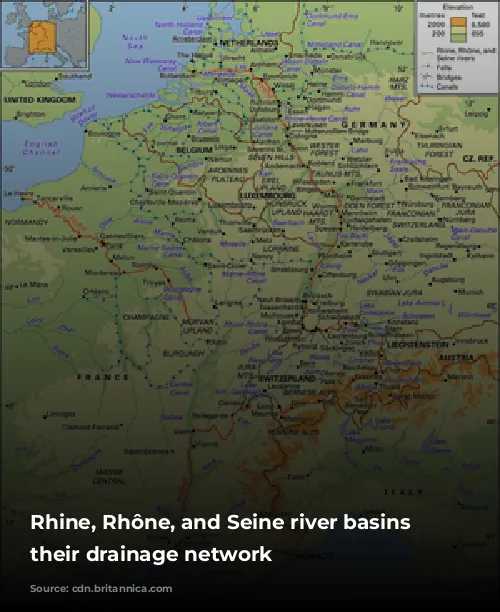
The Seine’s Journey: From Source to Sea
The Seine originates from the Mont Tasselot in Burgundy, a region renowned for its rolling hills and vineyards. It begins as a small stream, barely a trickle, as it flows through the porous limestone landscape. However, as it journeys northward, it gathers strength, collecting waters from numerous tributaries.
The Seine’s journey through the countryside is marked by dramatic changes in its surroundings. From the tranquil meadows of Burgundy, it flows through the rolling chalk plateau of Champagne, where it carves a distinctive path. In the Île-de-France region, the heart of France, it widens and slows, gracefully carving its way through fertile valleys.
As it approaches Paris, the Seine swells, its waters enriched by the contributions of major tributaries like the Yonne, the Marne, and the Oise. The city of Paris, with its historic bridges and bustling quays, is a testament to the vital role the river has played in its development.
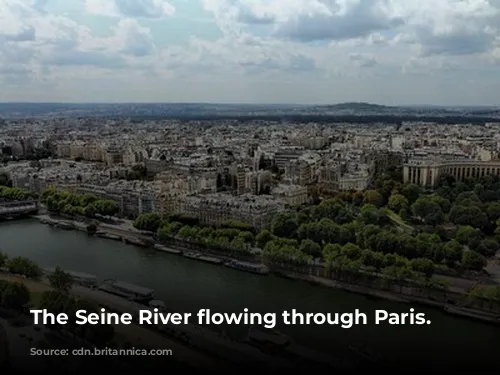
The Seine’s Rhythms: From Floods to Droughts
The Seine, like any river, has its own unique rhythms. Its flow is influenced by factors such as rainfall, snowmelt, and the contributions of its tributaries. During periods of heavy rain or snowmelt, the Seine can swell, causing floods in low-lying areas. However, the river also experiences periods of low water levels, especially during the summer months.
To mitigate the effects of these natural variations, engineers have implemented a series of measures to control the Seine’s flow. Dams and reservoirs have been constructed to regulate the water level, helping to prevent flooding and ensure a consistent water supply for navigation and other purposes.

The Seine’s Legacy: A River of Commerce and Life
The Seine is a vital artery for commerce and industry. Its navigable waters connect Paris to the sea, enabling the transport of goods and resources throughout the region. It’s a waterway that has been used for centuries, and it continues to play a vital role in the French economy.
But the Seine is more than just a transport route. Its waters are also a source of life, supporting diverse ecosystems and providing drinking water for millions of people. It’s a river that has provided sustenance and inspiration to generations of French citizens.
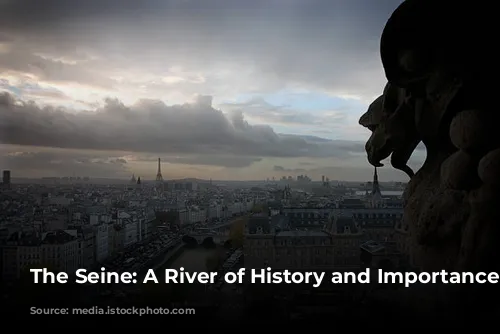
A River’s Story: A Reflection of France
The Seine, with its history, its beauty, and its vital role in French life, is a powerful symbol of the country’s spirit. It’s a river that has witnessed the passage of time, a river that has adapted to changing circumstances, and a river that continues to shape the destiny of France. Its story is the story of a nation, its triumphs, its struggles, and its enduring spirit.
